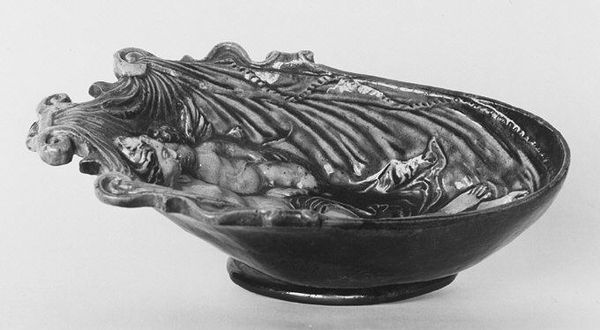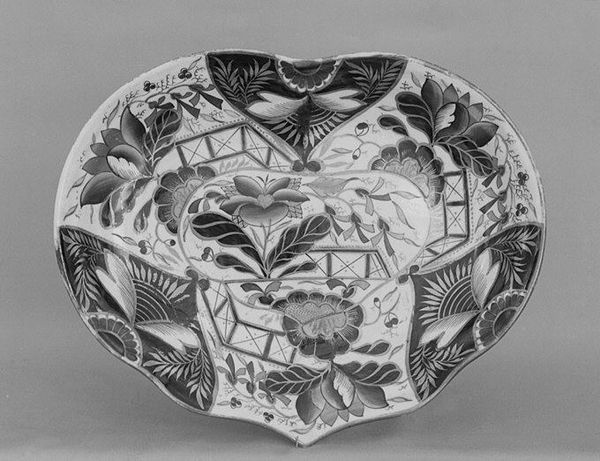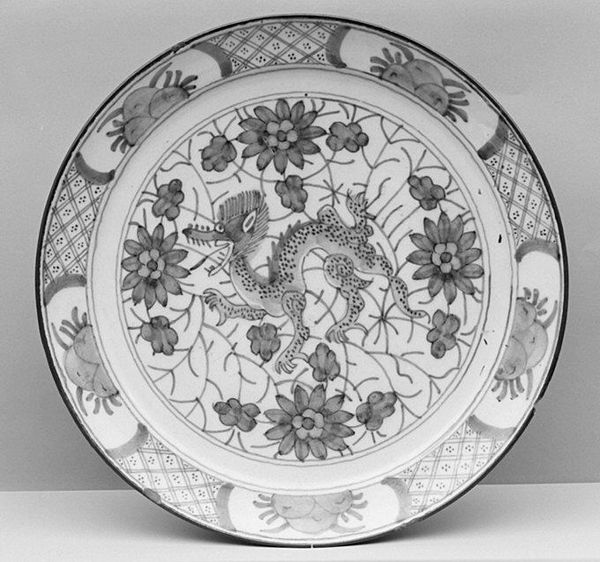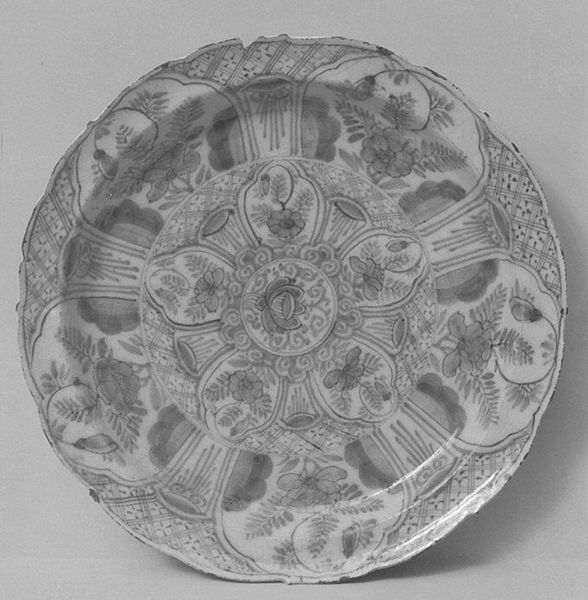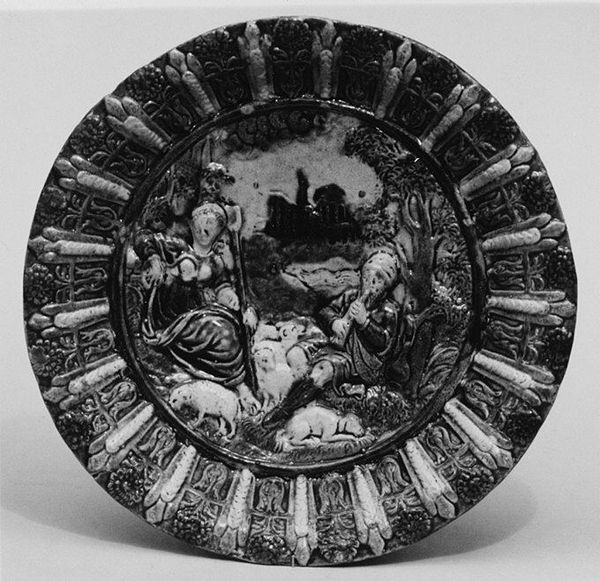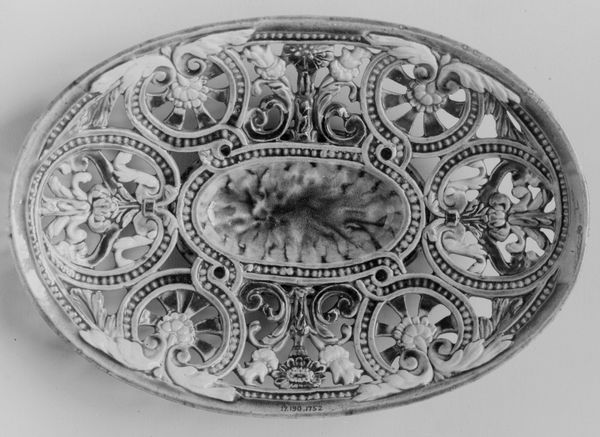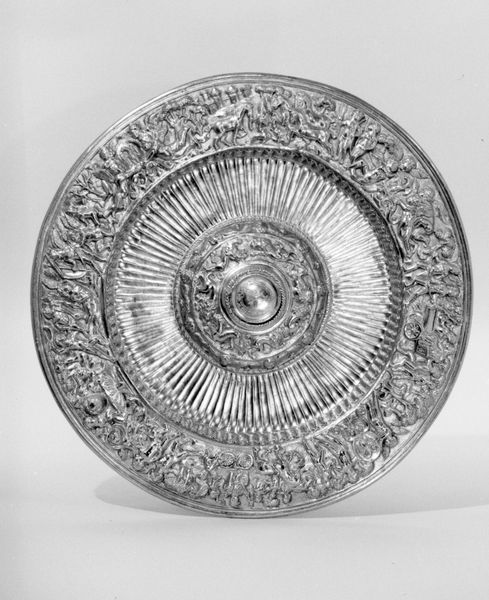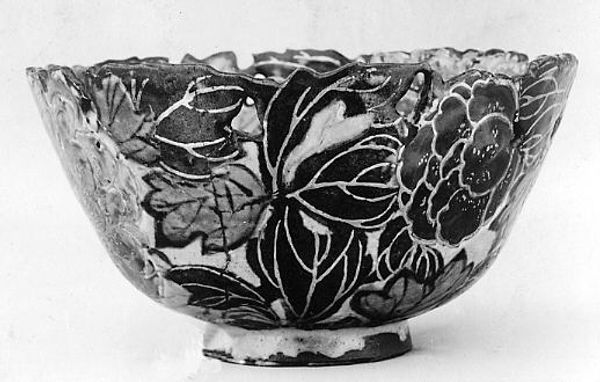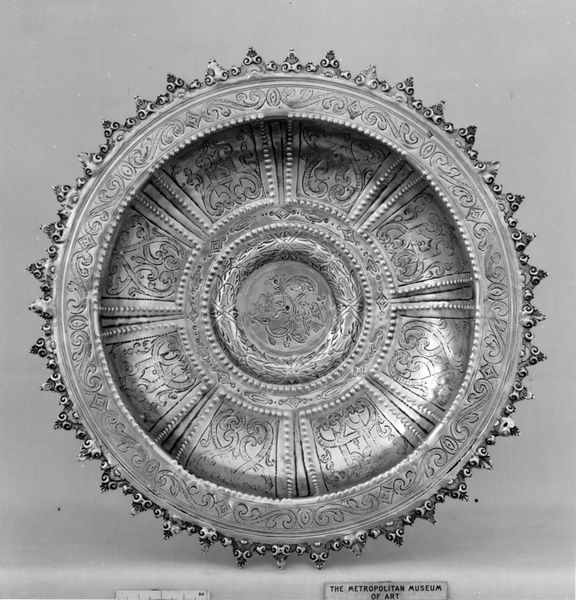
relief, ceramic, sculpture
#
animal
#
sculpture
#
relief
#
ceramic
#
11_renaissance
#
folk-art
#
sculpture
#
decorative-art
#
grotesque
#
erotic-art
Dimensions: 2 5/8 × 12 9/16 × 10 3/16 in. (6.7 × 31.9 × 25.9 cm)
Copyright: Public Domain
Curator: There’s something primordial about this piece. The "Dish", believed to be made by Bernard Palissy between 1800 and 1833, is brimming with life. It’s a ceramic relief sculpture currently residing at the Metropolitan Museum of Art. Editor: My immediate sense is one of contained chaos, a miniature ecosystem captured in glazed earth. I see tension between the scientific impulse to document nature and a darker, almost erotic undertone lurking beneath the surface. Curator: Palissy was deeply interested in the natural world, but there's always been an uncanny and grotesque tension within it. He used casts of real plants and animals, giving us incredibly detailed representations. Think about the era – burgeoning scientific interest in observation, yet deeply rooted in folklore and superstition. Editor: Absolutely. He’s documenting, but he's also creating a symbol. A symbol laden with potential for understanding the social anxieties that frame our perception of the natural world. How might this plate have functioned as a conversation piece in its time, displaying a controlled—and therefore, safe—version of wilderness? Curator: That's insightful. Consider how food presentation and dining rituals were integral to social performances. The creatures represented here carry symbolic weight. The serpent, for example, depending on context, represents renewal, or conversely, temptation and deceit. Frogs and lizards often signified fertility or earthly desires. This dish, more than just decorative, is communicating. Editor: It almost acts as a little theater of anxieties – anxieties that continue to plague our understanding of gender, race, and the environment. How are the “monsters” Palissy sculpted symbols of difference? The serpent coiled and contained, the wild plants forced into this small circumference, becomes an almost didactic, albeit unsettling, representation of subjugation. Curator: I'm struck by how these symbolic creatures interact, not quite harmoniously, but deliberately posed within their artificial environment. The dish presents the micro-cosmos where everything has a place, whether palatable or repulsive. The ambiguity embedded in such symbolism allows it to continue communicating through the ages. Editor: It highlights how categorization and containment become ways to enforce societal norms onto nature and our very bodies. Even in this small dish, we witness power structures in action, ones that shape how we perceive ourselves. Thank you, Palissy.
Comments
No comments
Be the first to comment and join the conversation on the ultimate creative platform.
